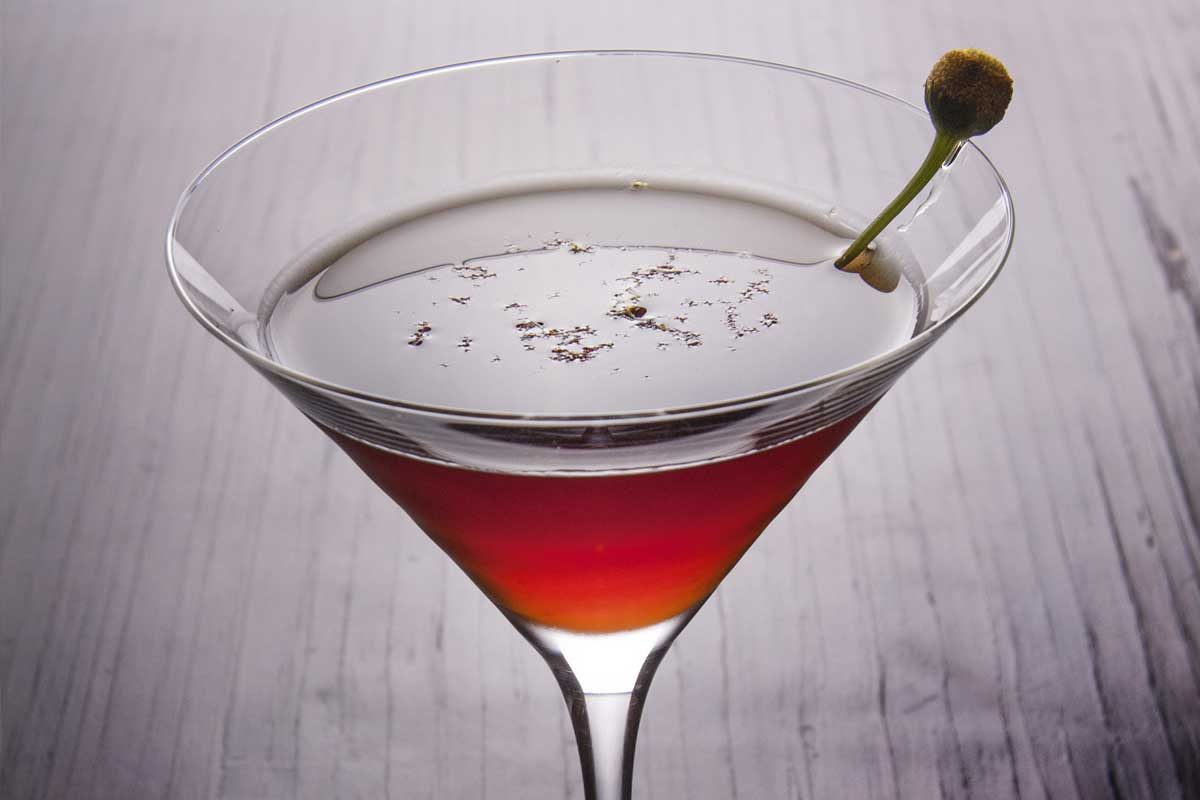

He also went for equal parts, but instead of using Green Chartreuse, he opted for Grand Marnier.Īnd while Grand Marnier is a great cocktail ingredient, this version never became that popular. Lawlor went in a completely different direction. Instead, you can use DeGroff's version (3:1:1), or pull back on the Green Chartreuse while keeping Gin and Sweet Vermouth balanced. Thought to be created in the late 1800s, its current. The taste of Green Chartreuse is just too dominant. The Bijou cocktail (pronounced BEE-shoo) is a classic drink consisting of gin, Green Chartreuse, sweet vermouth and a dash of orange bitters. Bijou cocktail variationsĪs you now know, the traditional recipe is a rare sight. Ingredients 1.5 oz Gin3/4 oz Green Chartreuse1 oz Sweet Vermouth2 Dashes Orange Bitters Instructions Stir all ingredients with ice and strain into a chilled cocktail glass. You will get either a drink based on DeGroff's recipe or another tweaked version. This updated version of the classic 1:1:1 Bijou recipe produces a smoother, more balanced, less chartreuse forward cocktail. It was invented by Harry Johnson the father of professional bartending, dating back to the 1890’s. Today you'll rarely get a traditional version of the Bijou cocktail. The Bijou, meaning jewel in french, was named for the three gem stone colored ingredients: gin for diamond, sweet vermouth for ruby, and green chartreuse for emerald. DeGroff's improved formula consists of 3 parts gin, 1 part Vermouth, and 1 part Green Chartreuse. To fix that, he changed the traditional recipe. But what he tasted was an overwhelming and unbalanced flavor of Green Chartreuse. Inspired by the list of ingredients, he tried the recipe. Bitters are an optional add-onĪdditionally, to the aforementioned components, you can add a dash of orange cocktail bitters to the mix to create a more complex flavor profile.ĭecades later, famous bartender and cocktail expert DeGroff browsed Harry Johnson's cocktail book when he discovered the Bijou cocktail.

But still, some things about Green Chartreuse are known. (Use a large bar glass.) glass filled with fine shaved ice 1/3 wine glass chartreuse (green) 1/3 wine glass vermouth (Italian) 1/3 wine glass of Plymouth gin 1 dash of orange bitters. As you can imagine, the formula is a big secret. Lawlor's 1895 book The Mixicologist as equal parts gin, Grand Marnier and sweet vermouth. It's infused with an incredible number of 130 herbs and spices and has a distinct green color and an ABV of 55%. It goes back to an ancient recipe invented by a monk. Green Chartreuse is as well a French herbal liqueur based on wine. It is one of my favorite Vermouths, not only for the Bijou but especially for Negronis. Yet, in case you want something classier, take a look at Carpano Antica Formula Vermouth. A Martini Rosso would be a common choice. Also, you can get it from different producers with different qualities.

Vermouth is a French fortified wine infused with different herbs and botanicals.Ĭontrary to what the red color of Sweet Vermouth suggests, it is based on white wine. Unfortunately, Bijou cocktail has been forgotten over the course of time. This mixture is a very herbal, full-bodied, slightly sweet cocktail that makes an excellent and at the same time complex after-dinner drink. It is an excellent combination of gin, vermouth and green chartreuse. However, for a “modern”, drier version of the original, try:Įither way, the Bijou is a jewel of a drink (sorry, it had to be said).Sweet Vermouth and Green Chartreuse are fixed ingredients in the recipe and should not get replaced. Bijou cocktail is a drink from the 19th century. This drink tends towards the sweet which, in my opinion, is one of its delights. Stir with ice and strain into a chilled cocktail glass. Ingredients Ice 1ounce dry gin, such as Plymouth 1ounce sweet vermouth ounce green Chartreuse 1 to 2dashes orange bitters Maraschino cherry, for garnish. It is one of those drinks that look deceptively simple on paper but, once tasted, gives one pause to think that though this be madness, yet there is method in’t.

It is a no-nonsense libation that achieves it subtlety not from fancy execution, but from the complex nature of its ingredients: the botanicals of the gin, the complex mix of herbs in the Chartreuse, and the spicy sweetness of the vermouth. The Bijou (jewel in French) comes to us via Harry Johnson’s New and Improved Bartender’s Manual of 1900. When cocktails were not afraid to be cocktails and bartenders were not calling everything a Something-tini.


 0 kommentar(er)
0 kommentar(er)
